Kolhorn
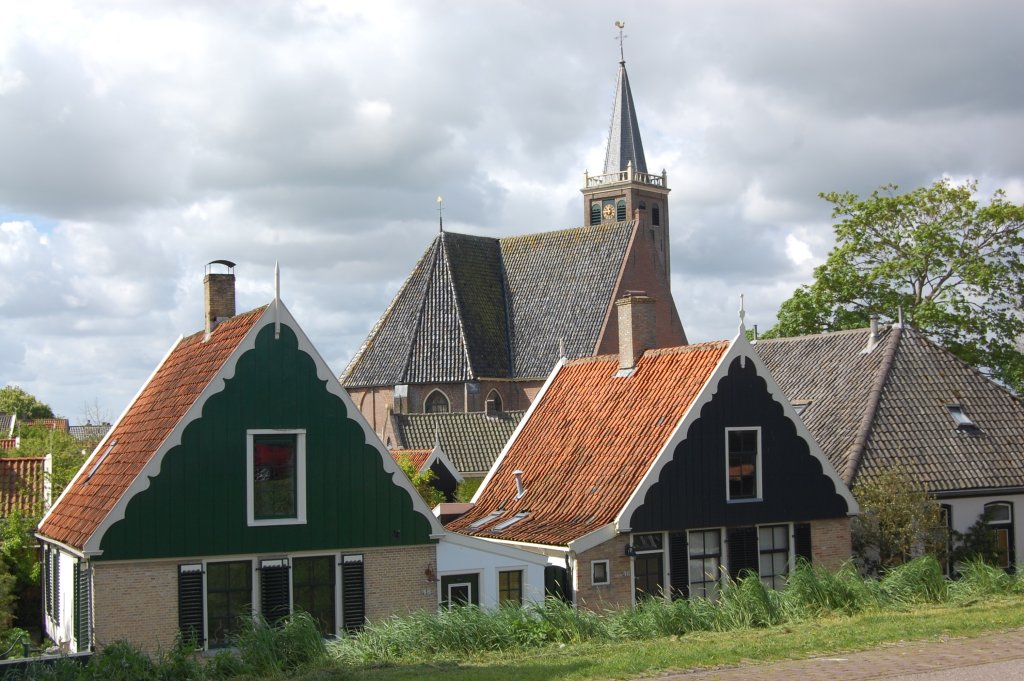
Kolhorn lag tot 1844 aan zee. Het was een echt vissersdorp met visserswoningen (foto) en een kleine haven aan de Omringdijk. Men leefde niet alleen van de visserij, maar ging ook naar de wadden bij Wieringen om zeewier te oogsten. De Omringdijk was aan de zeezijde namelijk tot driehonderd jaar geleden door een muur van zeewier afgeschermd van het zoute water. Kolhorn spon er garen bij.
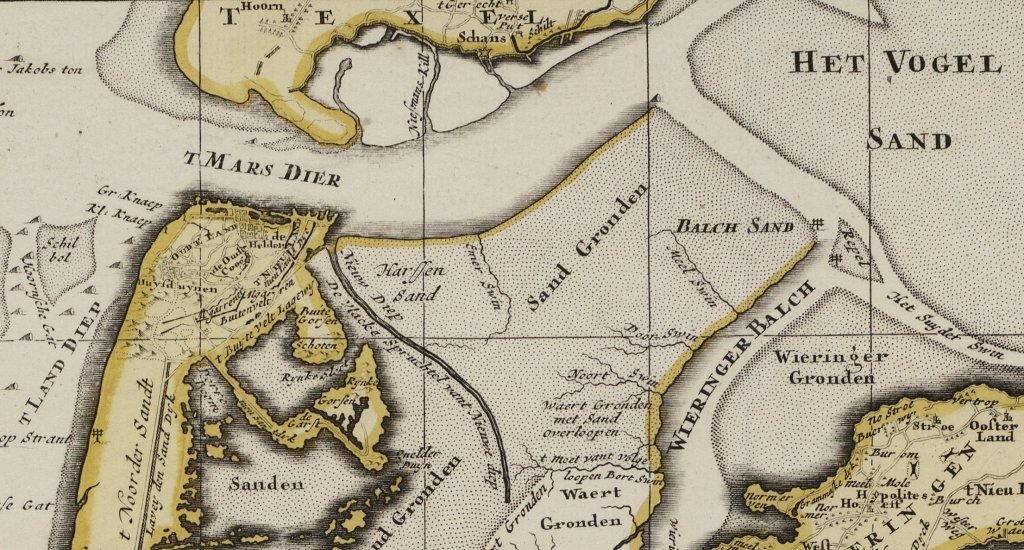
Net als Hoorn en Enkhuizen profiteerde Kolhorn in de zeventiende eeuw van de bloei van de Verenigde Oost-Indische Compagnie (VOC). De haven van Amsterdam was voor volgeladen koopvaardijschepen moeilijk te bereiken vanwege Pampus, een slibberige ondiepte vlak vóór de stad. Nog zo'n obstakel vormden de hardnekkige zandbanken bij Texel. De compagnie had grote behoefte aan kleine schepen die een deel van de lading konden overnemen.

De Kolhorners wisten daar wel raad mee. Ze voeren op kleine schepen, zogenaamde lichters, naar Texel om de specerijen over te nemen (afbeelding). Vervolgens voeren ze naar de eindbestemming, de Amsterdamse haven. Het systeem werkte ook omgekeerd: het proviand van een schip dat naar Oost-Indië zou varen, werd alvast naar Kolhorn en vandaar naar Texel verscheept.
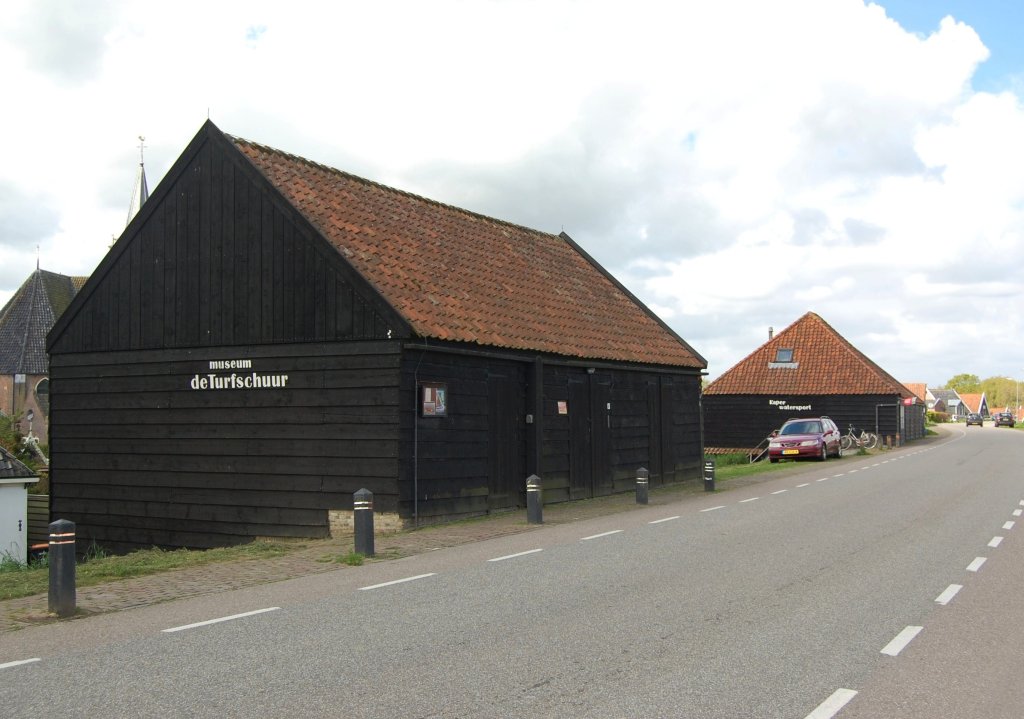
Kolhorn voorzag West-Friesland niet alleen van vis en wier, maar ook van turf. Deze brandstof uit Groningen en Drenthe werd in turfschuren opgeslagen. Die staan nog op de dijk.

Tussen 1844 en 1847 werden ten noorden en zuiden van Kolhorn de polders Waard en Groet gesticht. Het dorp lag hierdoor niet meer aan zee, maar hield er wel verbinding mee via een uitwatering tussen de polders (pijl op de foto). De Waard en Groet waren niet meteen het landbouwparadijs waar de droogmakers op hadden gehoopt. De grond was te zout. Een plant die er wel gedijde, was meekrap.
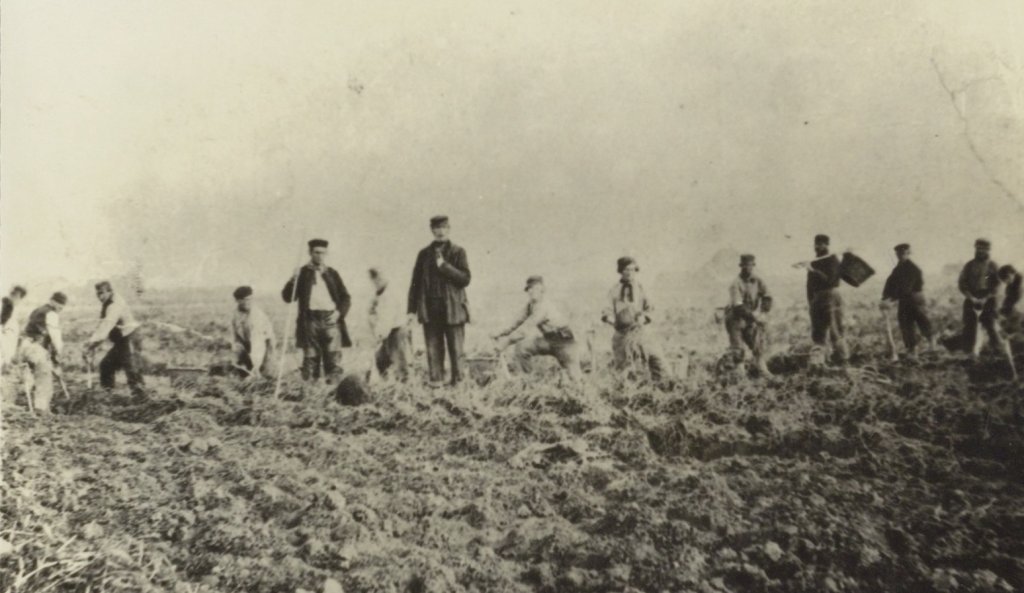
De waarde van meekrap school in de wortels. Die werden na de oogst gedroogd en gestoofd in een oven. Dat gebeurde in torens die in de polder stonden. In een fabriek werden de wortels vervolgens tot poeder vermalen. Zo’n fabriek stond sinds 1862 in Kolhorn. Het donkerrode poeder werd als verfstof in de textielindustrie gebruikt. Lang duurde deze nijverheid niet, want rond 1870 werd het mogelijk de gewilde verfstof langs de chemische weg te verkrijgen. De mensen op de foto zijn meekrap aan het oogsten.
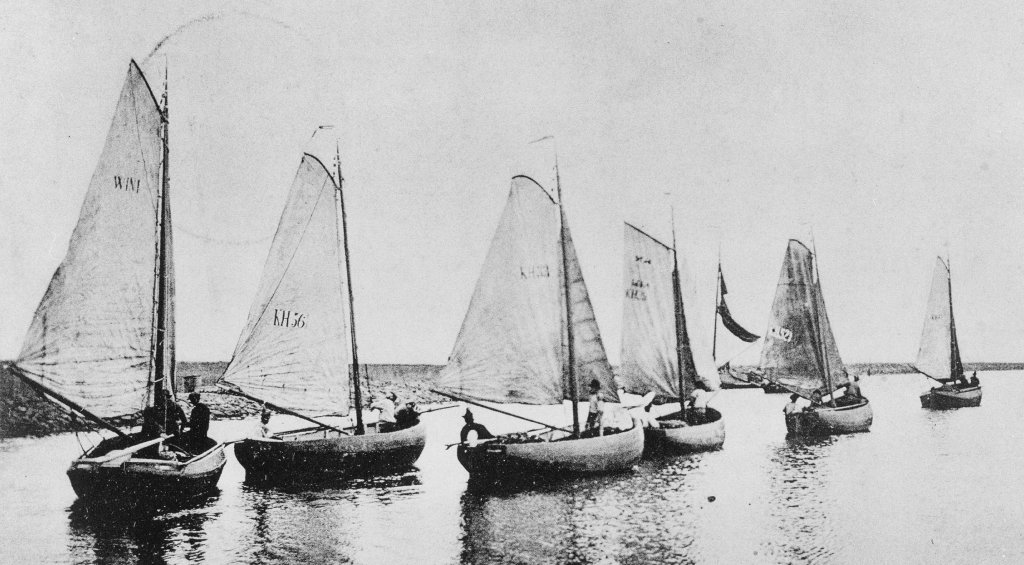
Tegen 1890 werd ansjovis populair, een vissoort die in het Wieringermeer voorkwam. De vissers van Kolhorn grepen hun kans. In het dorp werd de vangst schoongemaakt en in zout ingelegd. Ook de ansjovisvangst was geen lang leven beschoren, want in 1930 viel het Wieringermeer droog. De Zuiderzee en het vissersbestaan behoorden voorgoed tot het verleden.